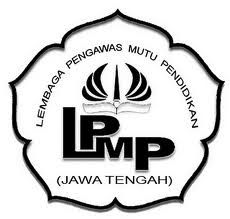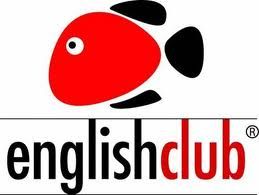What can follow a verb?
Different verbs can be followed by different kinds of word or structure. This is partly a matter of meaning. It is also partly a matter of grammatical rules. There are no simple rules. It is, therefore, necessary to learn what kind of structures can follow each verb.
Verb + object
Some verbs require an object after them. In grammars these are called transitive verbs. Examples are: break, invite, surprise, buy, give, take etc.
He broke the window.
Let’s us invite them.
She surprised me.
Some verbs are not normally followed by direct objects. These are called intransitive verbs. Examples are: sit and sleep.
Please sit down.
I don’t sleep well.
Many verbs can be both transitive and intransitive.
Compare:
The water boils. (Intransitive)
Boil the water. (Transitive)
India lost. (Intransitive)
India lost the match. (Transitive)
Ergative verbs
Some verbs are used transitively and intransitively with different kinds of subject. The intransitive use usually has a passive meaning. In grammars these verbs are called ‘ergative’.
We are selling a lot of copies of this book.
This book is selling well.
She opened the door.
The door opened.
Verbs with prepositions and particles
Some verbs require prepositions before their objects. Examples are: look, listen, talk etc.
Why is she looking at me like that? (NOT Why is she looking me like that?)
Listen to this. (NOT Listen this.)
We talked about his plans. (NOT We talked his plans.)
Some verbs are used with adverb particles, not prepositions.
It is time to get up.
Notes
A preposition is usually necessary before an expression of place.
We arrived at the station at 9.30. (NOT We arrived the station at 9.30.)
Don’t walk on the grass. (NOT Don’t walk the grass.)
A few verbs do not require a preposition before an expression of place.
I like climbing mountains. (NOT I like climbing on mountains.)
Some verbs are followed not by an object, but by a subject complement. These are called copular verbs.
He is a genius.
That looks beautiful.
I felt an idiot.
Verb + verb structures
Many verbs can be followed by forms of other verbs. Some verbs can be followed by infinitives (with or without to), some by -ing forms, some by past participles and some by clauses. Many verbs can be followed by two or more of these structures. It is necessary to know which structures are possible after each verb.
I enjoy swimming in the sea. (NOT I enjoy to swim in the sea.)
I hope to see him soon.
You seem to have upset her. (NOT You seem having upset her.)
Common verbs that can be followed by infinitives include the following:
afford, agree, appear, arrange, ask, attempt, beg, begin, care, choose, consent, continue, dare, decide, expect, fail, forget, go on, happen, hate, help, hesitate, hope, intend, learn, like, love, manage, mean, neglect, offer, prefer, prepare, pretend, promise, propose, refuse, regret, remember, seem, start, trouble, try, want, wish
Common verbs that can be followed by an -ing form are:
admit, appreciate, avoid, consider, contemplate, delay, deny, detest, dislike, endure, enjoy, escape, excuse, face, fancy, finish, forgive, imagine, involve, mention, mind, miss, postpone, practise, put off, resent, resist, risk, stand, suggest, understand
Mother suggested consulting a doctor. (NOT Mother suggested to consult a doctor.)
I enjoy singing. (NOT I enjoy to sing.)
She has finished writing that novel.
Subscribe to:
Post Comments (Atom)
















No comments:
Post a Comment